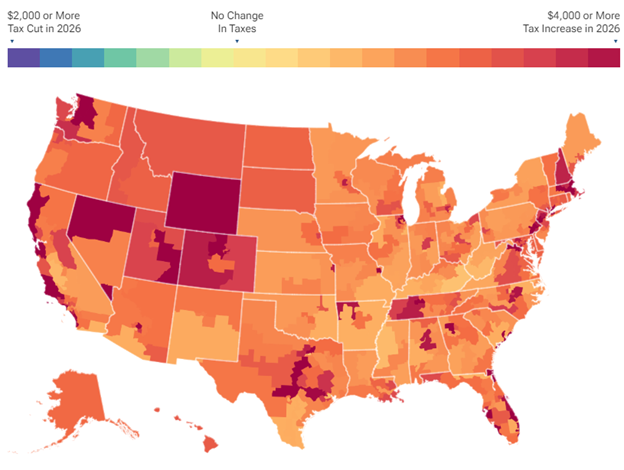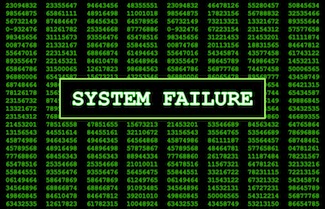How AI and IP Are Making a Difference in Early Cancer Detection
Huge datasets and limitless computing power are converging to upend the practice of healthcare, especially the speed and accuracy of detecting major diseases.
“We can manage terabytes of data in seconds, then move and store it in the cloud,” explains pioneering physicist, bioengineer, and serial entrepreneur Alan C. Nelson in a new conversation with Bruce Berman on his podcast ‘Understanding IP Matters.’ This capacity is markedly different than thirty years ago when Nelson began using AI to invent new tools to improve health outcomes.
In the 1990s, Nelson overcame significant challenges to develop, patent, and ultimately commercialize the first machine to detect cervical cancer. Today, he’s founder and CEO of VisionGate, creator of the first AI-driven platform for early-stage detection of lung, prostate, and breast cancers.
As datasets from different fields are being merged at scale without compromising patient identity, it’s a particularly exciting time to be an innovator in healthcare. For the first time, Nelson reveals, it’s possible to “begin to correlate massive amounts of data amongst different demographics, and globally.”
His prediction? A “tidal wave” of change in healthcare is coming, and sooner than you think, brought on by our newfound ability to begin to predict interventions and outcomes thanks to innovators like him.
Dr. Nelson has held professorships at Arizona State University, the University of Washington, MIT, and Harvard. He holds 142 patents, is a fellow in the National Academy of Inventors, and has more than 100 peer -reviewed publications in the field of biomedical imaging.
Key Responses
AI inventions were and still are today often misunderstood by agencies like U.S. Patent and Trademark Office (USPTO), the Federal Trade Commission (FTC), the Food and Drug Administration (FDA), and other government agencies. Why do you think that they have a difficult time with AI?
Alan Nelson: “I’d be careful with the word difficult, because they’re very smart people; there’s no doubt about it. But the definition of AI evolves and like you pointed out a while back, it used to be ‘fuzzy logic’ and we didn’t even call it AI….
This field is moving very, very quickly. Tomorrow, there will be new technologies that evolve faster than many people, including academics, can keep up with. [They’re] always one step behind, perhaps, whoever is leading the industry, and that would apply to federal agencies as well.
With regard to the USPTO, we have found that it can be very useful if we, my teams, happen to be leading certain AI inventions going forward to arrange to come and deliver a seminar. They welcome that opportunity. Their doors are open; they take lunch breaks. So, me and my patent attorneys — I’m supervised during this process — go to the USPTO and deliver lectures typically to an audience of 20 or 30 willing and interested examiners who participate and ask a lot of questions. It’s highly interactive and it becomes a learning process.
It’s great they’re willing to listen.
Alan Nelson: “I’d say willing and eager. With regard to the FDA, it’s a little more difficult in the sense that you typically can’t just call the FDA and say, I want to come and deliver a seminar. However, you can meet with a group of FDA reviewers and discuss the value of AI.
There are other interesting constraints that have nothing to do with intellectual property per se, but with the agency’s need to fully understand, debug, and predict outcomes in software applications involving algorithms and AI. This leads to a bit of a rub with the FDA having to do with neural networks…. If you made a decision with a neural network, it might be accurate, but you don’t know how the decision was made. And if it’s a wrong decision, it’s not straightforward to figure out how to fix it. The FDA has heartburn over that kind of question. And so, something like a binary tree fuzzy logic classifier that you can write down and visualize, even though it may have 1 ,000 layers of decisions and be very complex, is understandable by the FDA.
But a neural network is not, and never will be.”
How do you deal with that?
Alan Nelson: “It’s led to a lot of interesting issues, obviously, when you add to that, the question of, what is the gold standard? I have a history in my companies of building diagnostic machines. One of them — for cervical cancer — required two Class III PMA approvals by the FDA, which was good and bad. Good, because that’s the highest possible bar for the FDA. Bad, because it took 30,000 patients to do that clinical study — the largest that I’m aware of ever conducted by the FDA. Well, that’s a lot of time and expense, and the result is the technology doesn’t get to market to help people for a very long time….
But the gold standard question, which I think now the FDA is becoming a little more comfortable with is, what if a machine is better than a human? That’s not a no-brainer. We can build machines that indeed are better than humans. The human is the gold standard from the FDA’s perspective, particularly with regard to diagnostics — but the human is not regulated by the FDA.
So, if you go to the FDA and say, “I am building a machine that is more sensitive to lung cancer than a pathologist, and it makes fewer false positive mistakes than a pathologist,” the FDA might say, “Yeah, but the pathologist is the gold standard. How do you do a clinical study when we don’t know what the sensitivity and false positive rate of a pathologist is?” It’s just accepted. It’s the current medical practice and the FDA doesn’t regulate that. So, the issue is now compounded by the need to also prove what is the gold standard…. After you prove what it is, then you’re allowed to prove that your [invention] is better.”
More Highlights
Listen to the entire episode to learn:
- How patents enabled Dr. Nelson to raise the funding he needed from investors to develop his groundbreaking technology.
- The challenges for healthcare professionals ahead related to the disruption of conventional ways of thinking about diagnosis, patient management, and drug development for improved therapeutic opportunities — all happening at breakneck speed.
- The impact of AI on patents, and of patents on AI.






